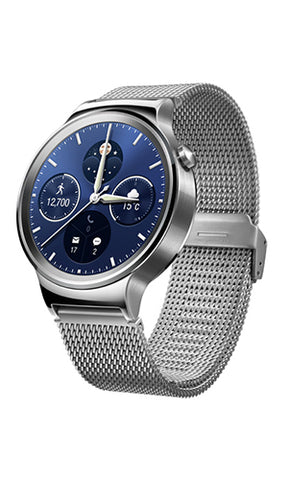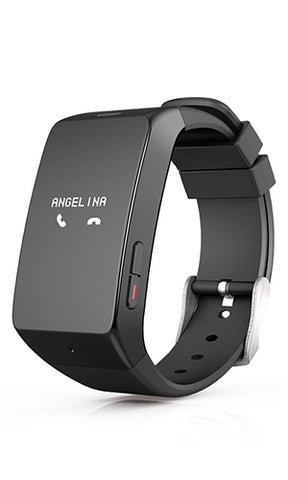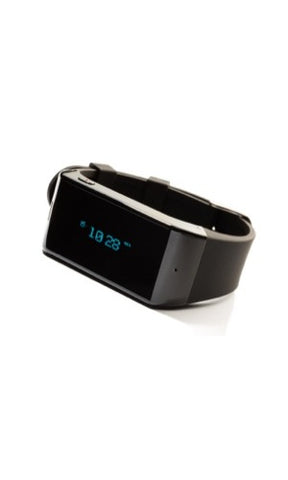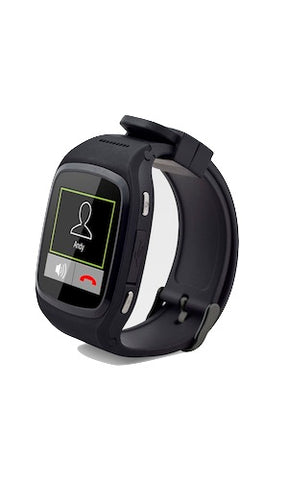When it comes to camping tech, what’s practical and what’s too connected?
Written By
Wearables.com
Editor’s Note: In the month of May, we’re focusing on how wearable technology can help users better experience the Great Outdoors. Rapid innovation within the industry has yielded devices catered towards everyone from avid campers and rock climbers to kayakers and motorcycle riders. Whichever way you prefer to experience Mother Nature, whether by using your own two hands or by riding atop two wheels, there is some piece of technology to help you improve your performance or enhance the experience.
Wearables handy for camping are not a novel invention. Not only have companies like Garmin updated smartwatches to include GPS and compass features, many have also added technology to monitor altimeter, barometer, and wireless connections to heart devices and smartphones (take the Quatix, for example).
But the unyielding growth of the wearables industry has paved way for even more devices charged with making your camping trip a little more comfortable — and, at times, a lot more connected. Even for those of us intent on experiencing nature at its most natural, it’s hard to deny the ease provided by well-designed wearable tech targeting the great outdoors.
Basic items like headlamps have been around for years and years; only now, technology is being layered onto these traditional devices to make them even more effective. The NAO headlamp uses reactive lighting technology, meaning it self-adjusts brightness in response to its environment. Less fidgeting with your light source means more flexibility, which ultimately means less worry and more fun. If environmentally friendly options are more your style, you can order your solar powered 2C One lamp cap. Providing 12 hours of light for a six hour sun charge, 2C technology can be a lifesaver in an emergency situation.
If you are fine with your flashlight but instead are concerned with water access, the $195 GeigerRig 1210 is a high-tech backpack housing a water filter and pressure-creating pump. When in the backcountry, you can purify up to 100 ounces of water at a time — and even take a pressurized shower, if you so choose.
Nobody wants to bring their toolbox with them when they pack up their car to go on a camping trip — minimalism, after all, is the name of the game. Small wearables that come equipped with multiple tools can be incredibly useful in hairy situations. The KODIAK is a wristband harboring four outdoor survival tools: a fishing hook, braided fishing line, a flint, and a tinder. Though without any digital features, the creators tested the Paracord bracelet in actual outdoor scenarios to guarantee starvation would not be an option — and we’ll call that pretty functional.
Even more utilitarian is the Leatherman Tread, a stainless steel bracelet made up of 11 links, each of which function as two or three separate tools, ranging from bottle opener to box wrench and more. Although awaiting official release, the $150 – $200 price tag may be a small price to pay for 25 interchangeable tools that reside on your wrist.
Yet for each undoubtedly helpful outdoor device, electronic or not, there is an equally debatable one. A belt that shines light is a safety precaution, but how about a belt that powers your phone? How necessary is a phone out in nature, anyway?
Unsurprisingly, a recent survey found that Americans enjoy using Wi-Fi while camping, with 86 percent of those under 25 intent on bringing a phone with them. Similar phone-charging wearables include a bracelet from QDesigns and shoe soles from SolePower that power devices while you walk, with the latter expected to retail at $199.
Heated leather jackets or the various coats on the market that double as sleeping bags can be helpful indeed, but how necessary is a sleeping bag that charges your phone while you sleep? The Recharge sleeping bag from Vodafone provides 24 minutes of talk time and 11 hours of standby time in exchange for an 8-hour body-fueled sleep.
These devices beg the question: If you are stomping around your campground with your phone in the air looking for a Wi-Fi hotspot, what are you doing camping in the first place?
Ralph Waldo Emerson once said, “But if a man would be alone, let him look at the stars. The rays that come from those heavenly worlds, will separate between him and vulgar things.” Is the light of your smartphone one of the vulgar things that drown the light of the stars? Just how connected is too connected?
The post When it comes to camping tech, what’s practical and what’s too connected? appeared first on Wearables.com.
Tags: Bands, Featured Items, headgear, HomePage Featured






